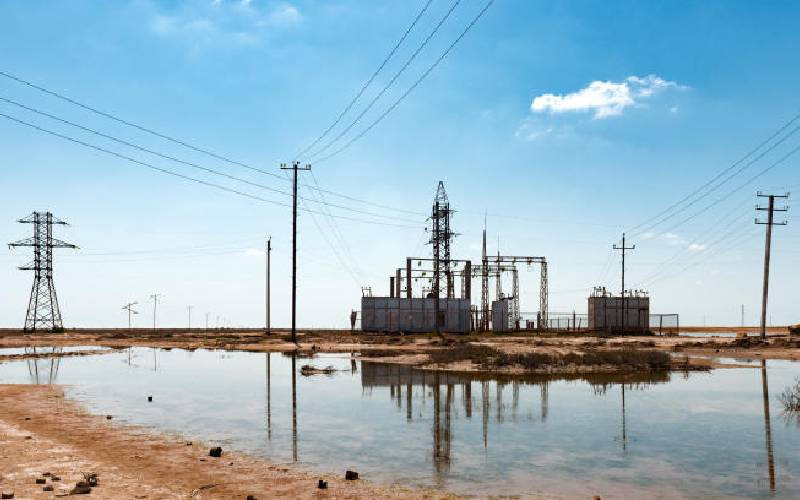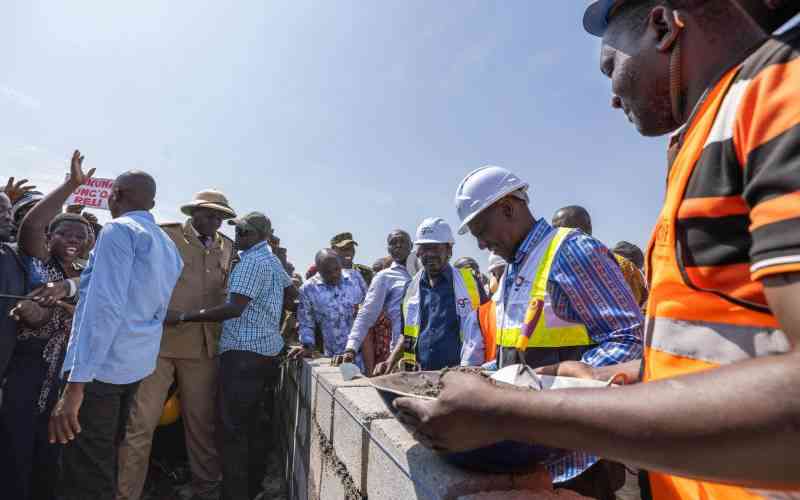×
The Standard e-Paper
Truth Without Fear
By Austine Okande
Nairobi, Kenya: It boasts an array of charmingly designed Hindu temples, intricately designed mosques, shrines and monumental buildings owned by its first settlers.







